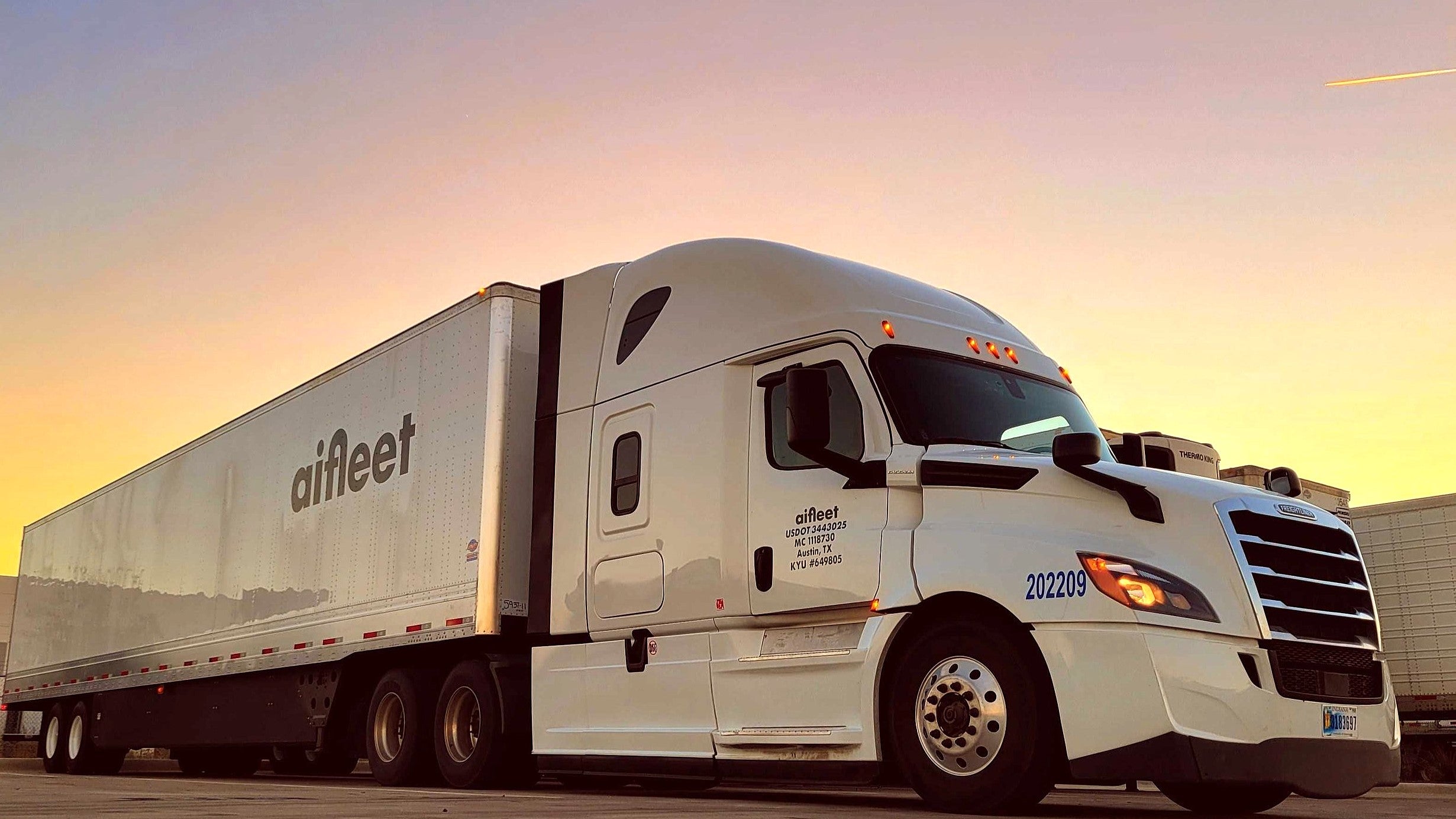Copyright FreightWaves

El Khoury declined to identify the key supplier. Size of the cutbacks ‘drastic’ In the memo, El Khoury described the reductions in fleet size as “drastic.” “We know the steps we will need to take will be incredibly hard, but the goal is to give aifleet the chance to survive,” El Khoury said in the memo. But in the interview with FreightWaves, El Khoury stressed multiple times that aifleet is not shutting its operations. “We’re fully operational,” El Khoury said. “We’re supporting our customers. We’re deploying new automations and AI capabilities.” But the bottom line counts also. “Our focus, like any company out there in this very tough freight market, has to be on profitability,” he said. The company leases all its trucks, with no trucks owned. Aifleet has always operated on the ratio of one tractor to one trailer. Its drivers are W-2 employees. El Khoury said in an interview with FreightWaves in July that none of the drivers at aifleet are owner operators under lease to the company. Ditching spot markets for more contract business One strategy aifleet expects to undertake is to reduce its spot market exposure and move even more into a contract freight model. El Khoury said he expects what had been a carrier with a 70-30 split between contract and spot, with the former holding the majority share, to move up to a 100% contract carrier. “It is going to vary week over week and day over day,” El Khoury said. “But now we have the opportunity to work with our customers to have the correct rate per mile exposure, provide our customers with the right capacity and get the right rate on our side.” El Khoury said aifleet has “the best cost per mile in the industry,” which he estimated was about 20% less than what he said was an industry average. “With that in mind, if you are taking loads in the spot market, they do pay significantly below what you can get from shippers,” he added. El Khoury expressed enough confidence in the company’s technology that he said aifleeet “could move more freight for our customers with fewer trucks.” The company’s estimates are that asset utilization as measured in loaded miles per truck is 50% above the industry average. In the July interview, at a green energy investor conference sponsored by payments service provider WEX (NYSE: WEX), El Khoury spoke of the AI-driven model that aifleet has undertaken. At the time of the interview, aifleet had about 200 vehicles. ““We are finding more and more through the data amazing opportunities to get even more loaded miles per truck than we did today,” El Khoury said in that interview. “That’s typically where we’ve invested the capital that we raised.” FleetAI brought in approximately $16 million in a fund raising round in September 2024. That brought the total amount of money raised to more than $50 million. More articles by John Kingston RXO faces a rate squeeze: what it means for the 3PL NMFTA’s freight classification overhaul: surprising shipper preparedness



